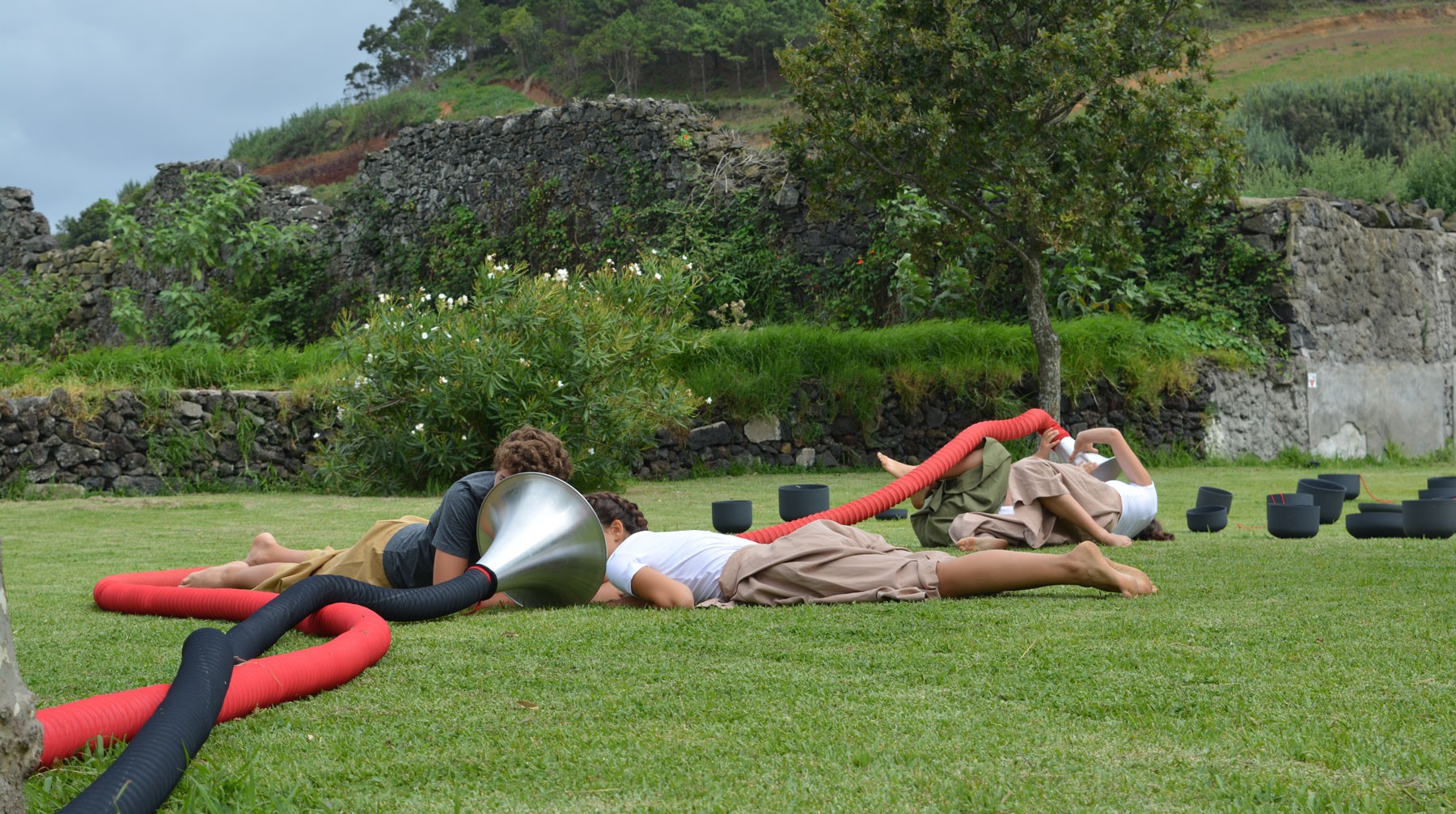What is the current state of art in basic education? We imagine the future
Maravillas Díaz,
Emeritius Professor, University of Basque Country
This is what I needed to see!
Let me begin with a personal anecdote, dating back around 30 years but still vividly etched in my memory. My family and I were visiting the newly inaugurated Museo Nacional Centro de Arte Reina Sofía in Madrid. As we strolled through the contemporary art galleries, gazing upon the exhibited works of 20th-century artists with keen interest, we arrived at a relatively modest-sized room. Its walls were adorned with canvases measuring 457.2 x 457.2 cm each. In the center of this room, my four-year-old son positioned himself and, with a loud and unrestrained exclamation, declared, “This is what I needed to see!” You can imagine the impact that his words had on those of us contemplating the abstract artwork Los patos del Buen Retiro by the American painter and filmmaker Julian Schnabel. How often my husband and I have reminisced about this incident, pondering the reason for our son’s enthusiasm in the face of Schnabel’s artistic proposal.
What I thought then and still believe today is that cultural institutions, such as museums, have the potential to ignite enthusiasm, imagination, and creativity in their visitors of all ages. These aspects are crucial to consider in the realm of education, regardless of the stage of education being pursued.
Creating Spaces: Imagining and Constructing Realities
Perhaps you would agree with me that, in the bibliographical field of art in childhood, we find numerous and varied books, doctoral theses, and academic articles, far beyond what I could have ever imagined during my early days as a music education instructor in the 1970s. The growing interest in publishing the outcomes of research-creation projects conducted in the field of the arts, both within national and international contexts, is a verifiable fact today. However, the knowledge derived from these research endeavors does not always yield the expected results within school or university environments. Thus, educational art projects with highly satisfactory results, once published, are often forgotten for various reasons, without signs of continuity.
Promoting dialogue between educators from various artistic fields and agents of cultural institutions can represent a significant step not only for learning, but also in the sustainability of our projects and classroom efforts. Collaboratively design of proposals of musical, plastic, visual, theatrical, scenic and performance activities provides an opportunity for knowledge exchange that will undoubtedly benefit the broader educational community. Furthermore, educational initiatives conducted outside the school are often received with enthusiasm by students. If this is coupled with the possibility of direct engagement with practicing artists, our goal, as facilitators of creative ideas in the teaching and learning process, will be even more successful.
Towards a Possible Future in Social and Human Development: Re-imagining Our Futures Together
Education is the basis for the renewal and transformation of our societies, recalls the UNESCO report “Reimagining Our Futures Together: A New Social Contract for Education”. In its fourth chapter, “Curricula and the Evolving Knowledge Commons”, it recognizes how creative expression through the arts holds tremendous potential for the future. “Education in the arts – music, drama, dance, design, visual arts, literature, poetry and more – can greatly expand students’ capacities to master complex skills and can support social and emotional learning across the curriculum.” (p. 87). This cross-cutting recognition of the arts in their affective, expressive, intellectual, and cognitive dimensions requires profound reflection from the educational community.
The report as a whole advocates for the re-examination and rethinking of education in order to promote fairer and more sustainable scenarios. It also invites answers to three essential questions about the education we want to see in 2050: What should we continue to do? What should we stop doing? What should we completely reinvent? Answers that compel us to come together to forge a new social contract to help overcome discrimination, marginalization and exclusion.
In this regard, and without intending to oversimplify, I reiterate the need for greater attention to the study of the arts in teacher training, which is currently lacking, and to ensure that this attention positively impacts the education of our students. We have significant evidence supporting the integration of arts education in the curriculum as a tool for the improvement of society, education, and citizenship. These studies confirm the need for recognition of artistic domains by legislators, educators, and institutions, and call for a receptive and inclusive attitude, towards arts in schools (Cabedo-Mas; Díaz-Gómez, 2015).
[MM1]Original: What moment is art experiencing in basic education? We envision the future
